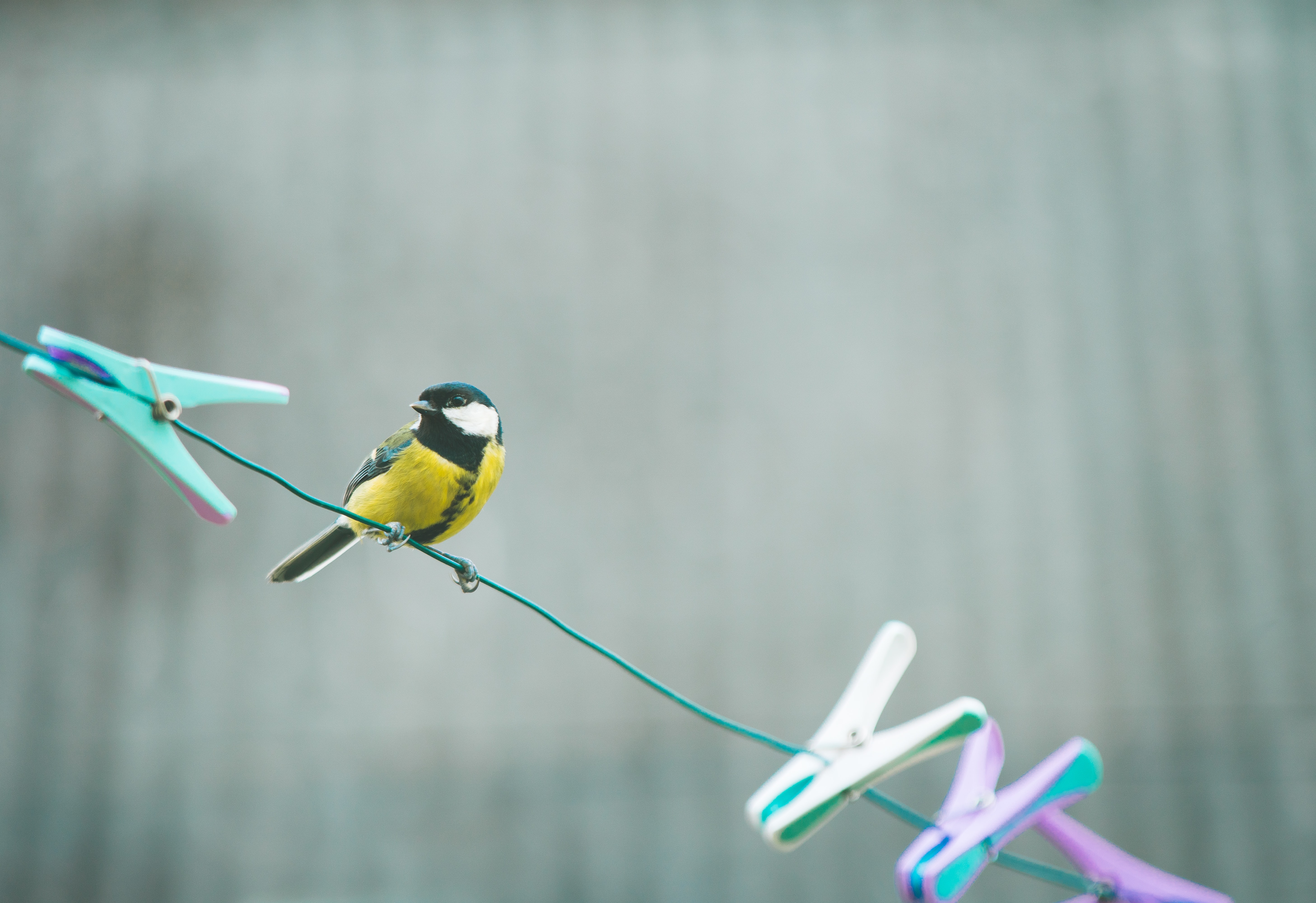News release
From:
Avian behaviour changes in response to human activity during the COVID-19 lockdown in the United Kingdom
Proceedings of the Royal Society B: Biological Sciences
Birds interact with humans in complex ways, and during the COVID-19 pandemic lock-downs human activity drastically changed. In the United Kingdom, humans stayed at home more, went out shopping less, and some parks and recreational areas saw increases in human visitors. Using Google human mobility data and 872 850 bird observations, we determined that this sudden change in human movement and activity affected the habitat use of many birds, and impacts on birds depended on where humans changed their activity, such as at home, parks or essentially supply retailers, and the time scale (i.e. short-term versus long-term) of the disturbance.
Multimedia




 International
International



